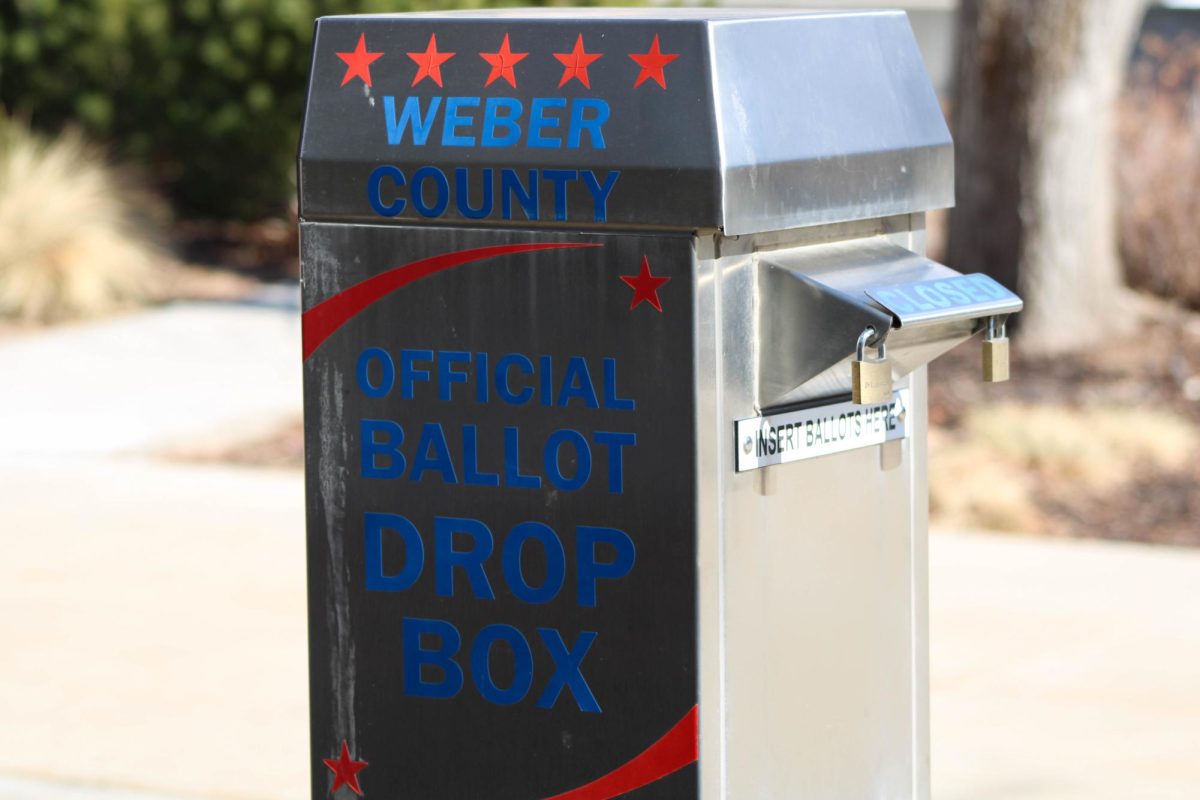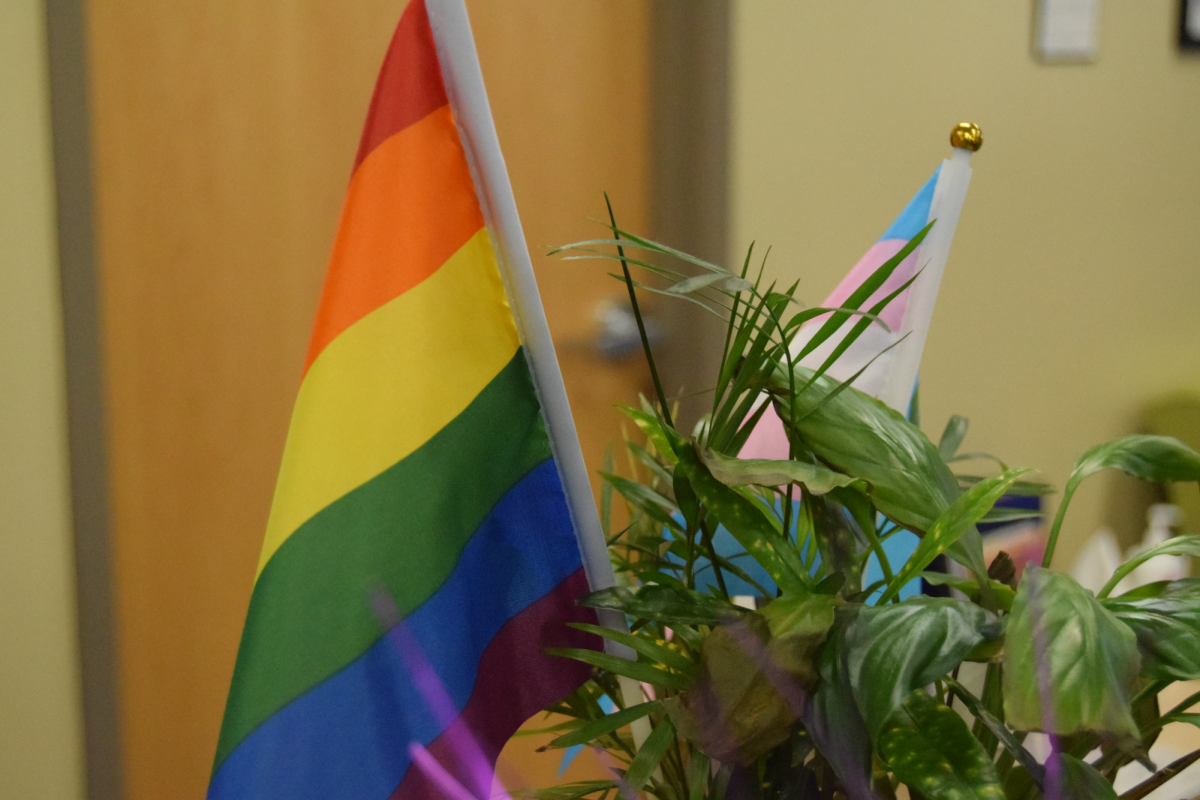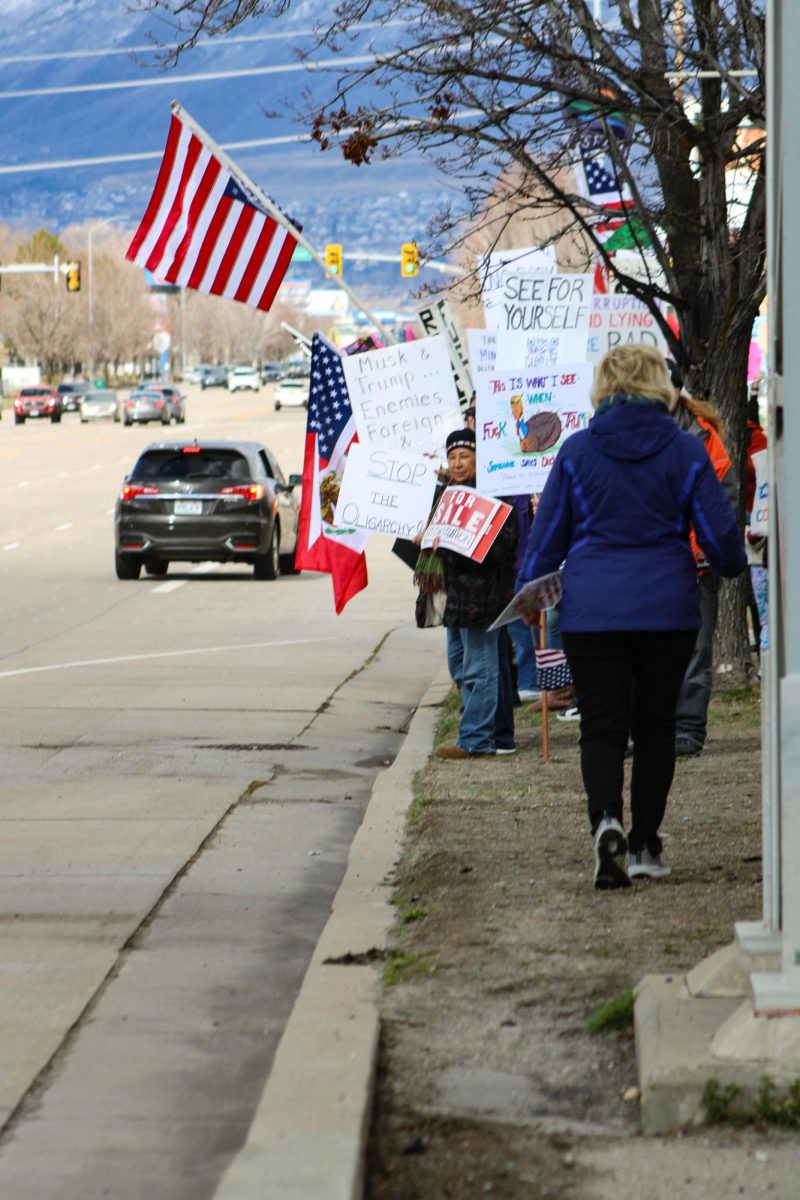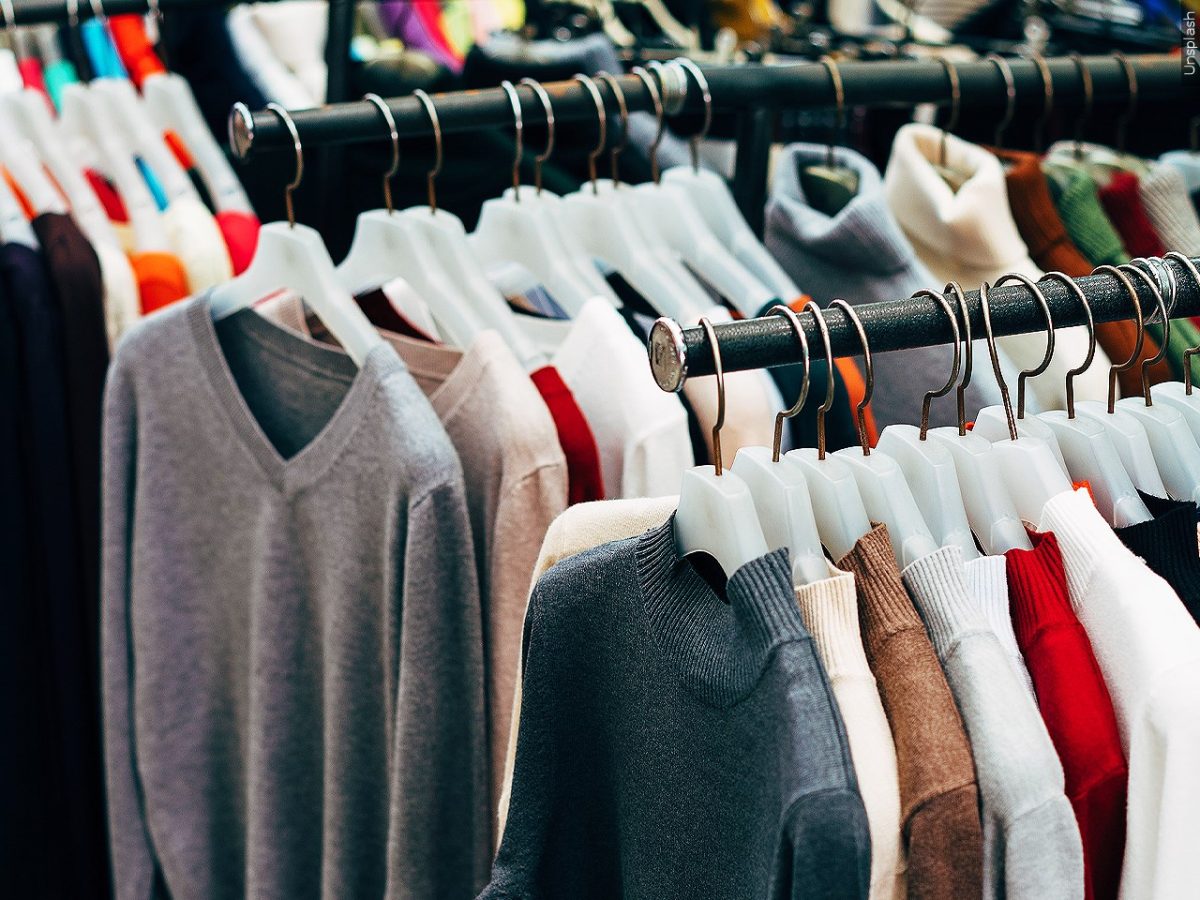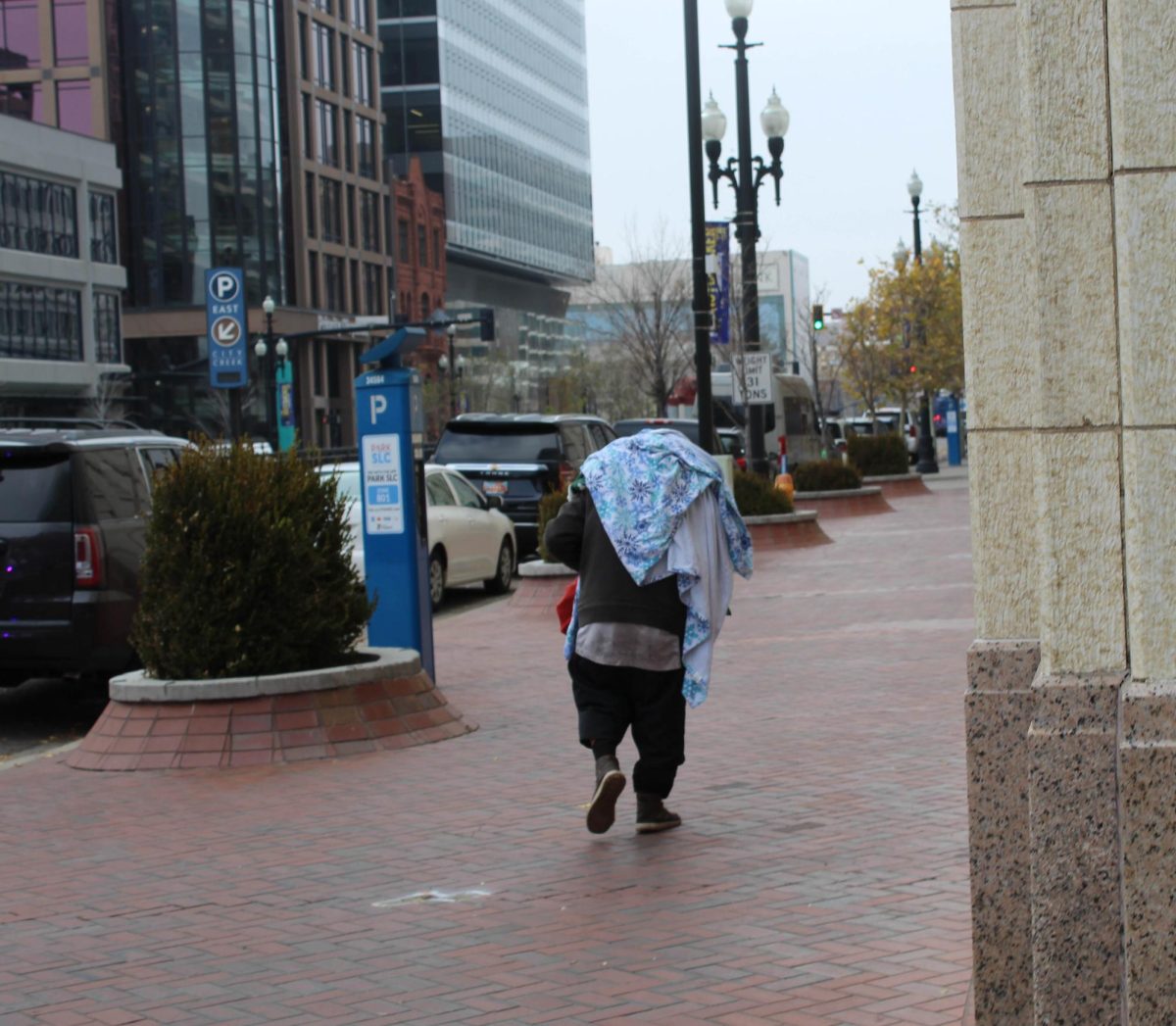On Feb. 25, Utah lawmakers advanced House Bill 300 to the Senate, a measure that would overhaul the state’s mail-in voting system by requiring voters to return ballots in person.
HB 300, introduced in the 2025 legislature by Rep. Jefferson S. Burton, would restrict most voters from submitting their mail-in ballots at a polling station with a valid form of identification. Voters who meet specific eligibility requirements, such as having certain disabilities, could apply in advance to return their ballot by mail.
Mail-in ballots became widely controversial during and after the 2020 U.S. presidential election, but Utahns have seen a drastic shift in using mail-in ballots to cast their vote.
“Voting by mail has become increasingly popular and in demand, with the state legislature implementing it statewide in 2020,” Weber County Clerk/Auditor Ricky Hatch said. “The trends have shown an increasing number of voters returning their ballot by mail or drop box.”
HB 300 also included a requirement of staffing two poll workers at each ballot drop box during operational hours. Drop boxes will be accessible from 8 a.m. to 8 p.m. on weekdays during the five business days leading up to an election.
“Part of the reason we went this way was the cost to put on an election was very heavy on counties,” Leah Murray, Weber State political science and philosophy professor, said. “In the United States, counties run elections. They’re the ones who pay for everything. If you want to have a poll worker, you were paying them hundreds of dollars a day.”
HB 300 would require Weber County to employ 40 poll workers across the county’s 20 ballot drop boxes and any additional staff at polling stations.
“It’s very cheap to print a ballot and mail it. It’s like the cost of printing plus a stamp,” Murray said. “It was a very cost-effective, fiscally responsible move to vote by mail. I think sometimes people forget that’s actually the reason we did it.”
The introduction of HB 300 comes with an observed increase in Utah’s voter turnout.
“Utah’s voter participation rate has seen the most dramatic improvement in the nation from 2014 to 2018 and again from 2018 to 2020,” Hatch said. “We’re now in the top 25% of states in terms of voter participation.”
For many, mail-in ballots have made it easier to cast their vote.
“I am the reason we have a ballot box on this campus, and I run the voter engagement, trying to get everyone on this campus registered to vote every year,” Murray said. “I’m fully committed to getting voter turnout, especially among college students.”
Utahns now wait for the Senate to deliberate and vote on the bill.
“Regardless of the outcome of this bill, our office will always work hard to ensure that voters have all the information they need in order to cast their ballots in time,” Hatch said.


